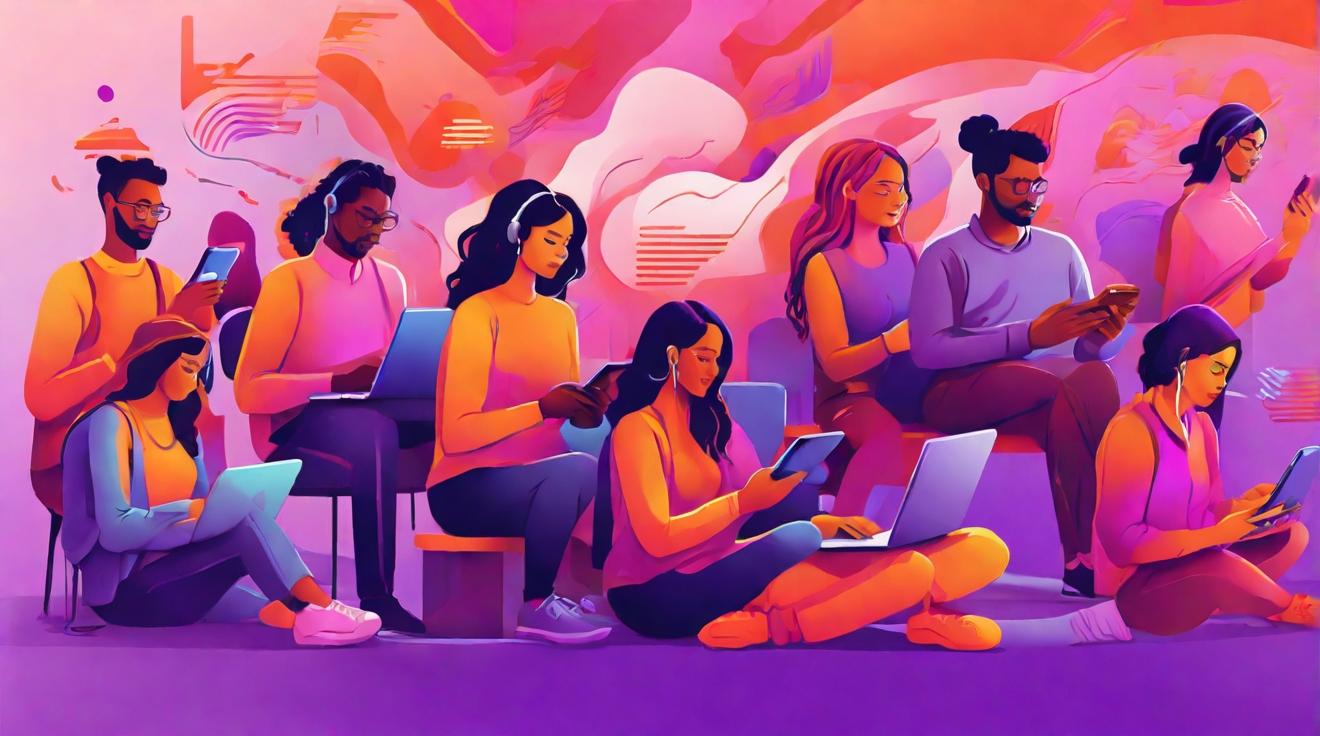Breaking Language Barriers with AI Translation
The advent of artificial intelligence (AI) in translation is revolutionizing the way businesses communicate across borders. Unlike traditional tools like Google Translate, which often struggled with delivering accurate translations, new AI-powered translation technologies are designed to grasp subtle nuances and contexts. For instance, D-ID, an AI video creation platform, has introduced a groundbreaking tool called AI Video Translate. This tool not only translates spoken content but also clones the speaker's voice and synchronizes lip movements with the translated speech in over 30 languages.
Real-Time Communication Across Cultures
Brian Gavin, co-founder of Wally, highlights the significant impact these tools have on international business negotiations. They eliminate language obstacles, facilitating seamless real-time communication across different cultures. AI Video Translate by D-ID exemplifies this by enabling businesses to create multilingual videos efficiently and affordably, thus reaching broader audiences without the hefty costs traditionally associated with translation.
The New Frontier of AI Translation
D-ID’s tool is a prime example of how video content, which is now a central aspect of digital communication, can be made accessible to a global audience. The platform supports a wide range of languages, including Arabic, Mandarin, and French. According to Gil Perry, CEO of D-ID, this technology is a significant breakthrough for anyone looking to engage with a multilingual audience, redefining global communication.
Beyond Text Translation
The advancements in AI translation go beyond simple text. Raghu Ravinutala, CEO of yellow.ai, emphasizes the evolution of conversational AI and dynamic AI agents that can comprehend and interact in multiple languages. These tools, powered by voice AI and generative AI chatbots, enable conversational exchanges that mimic human-like interaction, complete with empathy and clarity. Such capabilities are invaluable for global call centers, where language mismatches can hamper operations.
Implications for Workforce and Customer Service
AI translation's potential extends to reshaping business operations and hiring practices. Gavin points out that AI tools allow companies to tap into a global talent pool, unhindered by language barriers. This fosters a diverse and collaborative environment that thrives on innovation. For blue-collar workers, these tools facilitate seamless communication in their preferred languages, particularly in sectors like utilities and manufacturing.
Moreover, in customer service, AI translation ensures that organizations can provide prompt and accurate support to a diverse clientele, enhancing trust and customer loyalty worldwide.
Challenges and Future Prospects
Nevertheless, challenges persist. AI translation still grapples with complex language nuances and context. Ethical concerns arise about the potential misuse of technology in creating misleading content. Additionally, the technology's unpredictability remains an issue, as seen in instances like ChatGPT unexpectedly switching languages.
Despite these challenges, the market for AI translation is expanding. MarketsandMarkets forecasts the growth of the global natural language processing market, encompassing translation technologies, from $11.6 billion in 2020 to $35.1 billion by 2026. As these tools continue to evolve, they promise to bridge linguistic divides more effectively than ever, paving the way for businesses with ambitions for international expansion.













